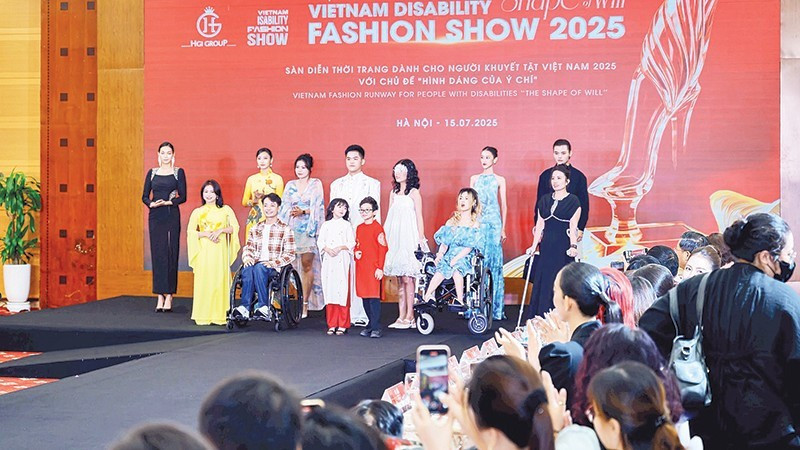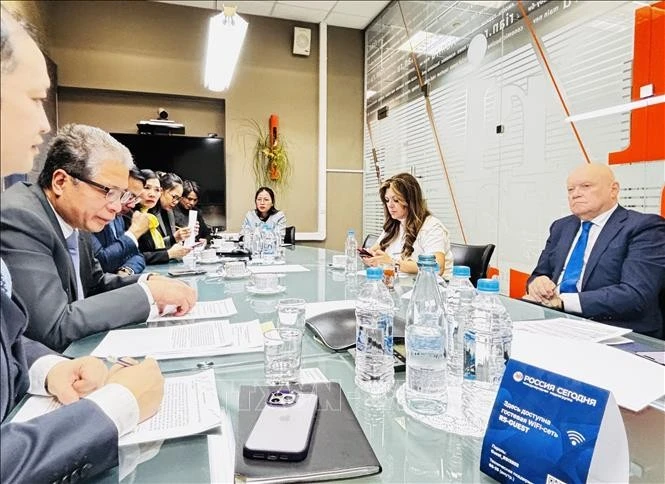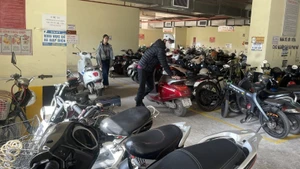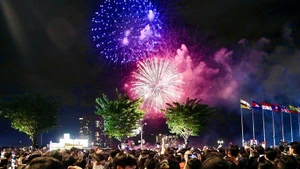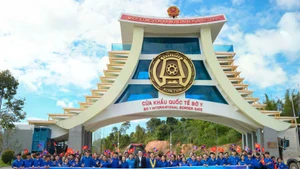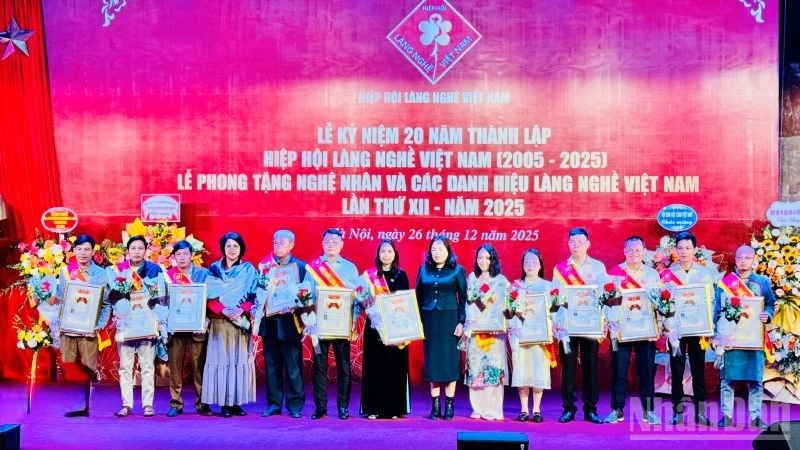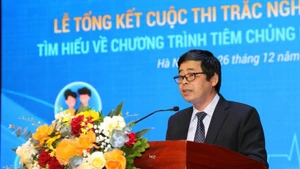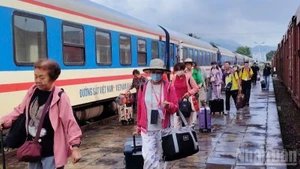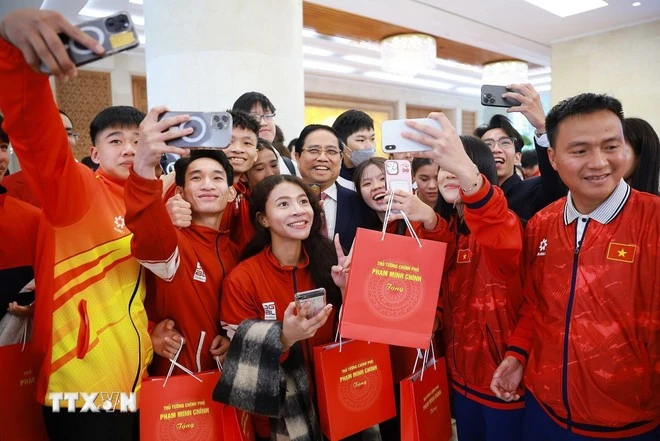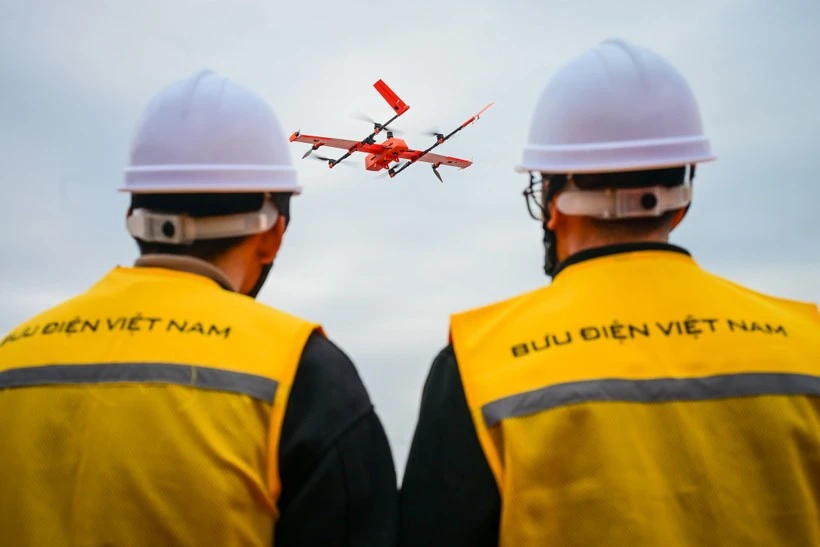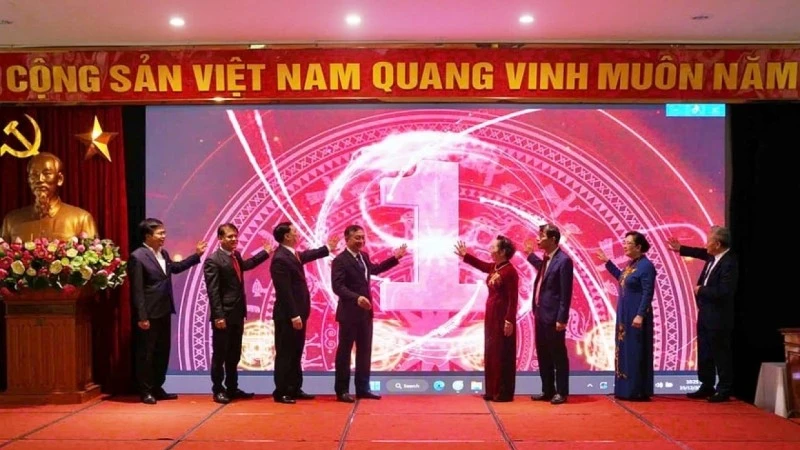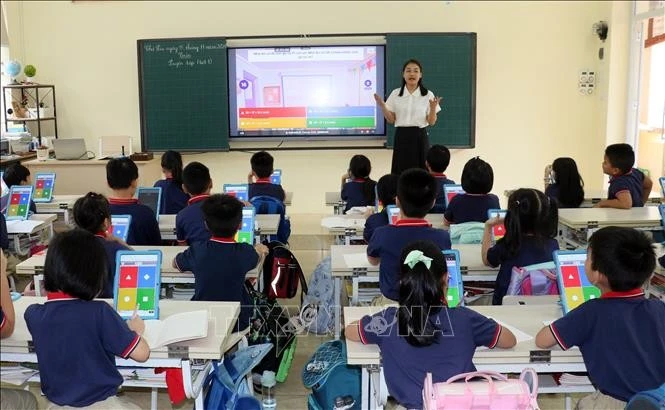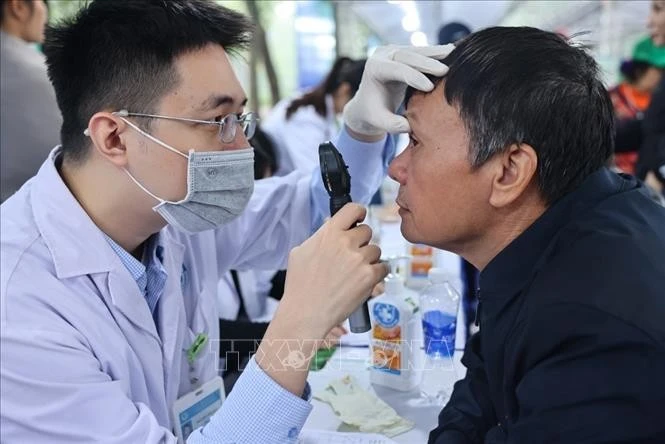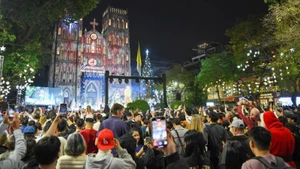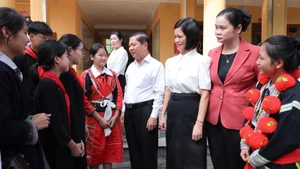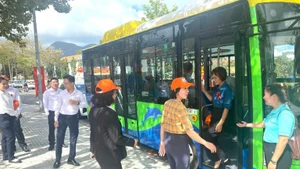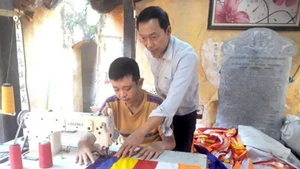Adaptive fashion empowers self-expression and livelihoods
According to 2024 statistics, Viet Nam has over 7 million people with disabilities, accounting for approximately 7% of the population. However, this group has long been almost entirely overlooked by the mainstream fashion market.
Lacking suitable clothing, space for self-expression, and job opportunities, people with disabilities have suffered disadvantages in a field inherently tied to personal expression and social aesthetics.
The launch of fashion programmes dedicated specifically to people with disabilities in recent years marks a humanitarian advancement, helping to affirm their rights and call attention to the community’s needs.
The Viet Nam Disability Fashion Show 2025 (VDFS 2025) was recently held, serving as a fashion platform for people with disabilities in Viet Nam. The event was co-organised by HGI Group in collaboration with the Ha Noi City Association for People with Disabilities and the Viet Nam Vocational Education and Capacity Development Centre for People with Disabilities.
The organisers hope that this will not be a one-off event but a sustainable model developed through the nationwide project “Wardrobe of Kindness”.
The project consists of three key components: establishing clothing cupboards at vocational training centres, disability associations, and schools; collecting and recycling fabric offcuts from garment factories and enterprises; and inviting designers and the creative community to craft garments tailored to the physical conditions and preferences of people with disabilities.
At the launch event, a performance by models with disabilities captivated the entire audience, as individuals in special circumstances confidently walked the catwalk wearing bespoke outfits or designs inspired and contributed by themselves. The designs conveyed a clear message about their integration capabilities.
Le Thi Dien from Tung Thien Ward, Ha Noi shared that she has never imagined she could wear custom-designed outfits and perform on stage with her wheelchair.
“This programme has helped me and many fellow people with disabilities gain confidence and motivation to continue pursuing what we love and live meaningfully,” she said.
For the first time, a professional and well-organised fashion event has been dedicated solely to people with disabilities, involving them not just as models but also in design, directing, photography, and backstage roles.
According to fashion designer Ngo Diem Huong, founder of the programme, the event’s theme “The Shape of Will” highlights diversity and equal rights within cultural and artistic activities.
Everyone has the right to express themselves through clothing. Disability is just one form of bodily diversity,
Previously in Ho Chi Minh City, the “Fashion Bank” programme and the “Hope Fashion” project, launched since 2024 by organisations supporting people with disabilities and orphaned children, alongside several social enterprises, have also received positive feedback. Hundreds of specialised clothing items have been designed, recycled, and donated to disadvantaged people with disabilities.
Nguyen Chau Phuong, a fashion design student at Ho Chi Minh City University of Technology and Education, is among the young creative thinkers passionate about fashion for people with disabilities—also known as “adaptive fashion”.
Her graduation collection, inspired by the beauty of the moon with a minimalist style, is designed for women with disabilities. “Everyone has the right to express themselves through clothing. Disability is just one form of bodily diversity,” the young designer affirms.
Building an inclusive fashion ecosystem in Viet Nam
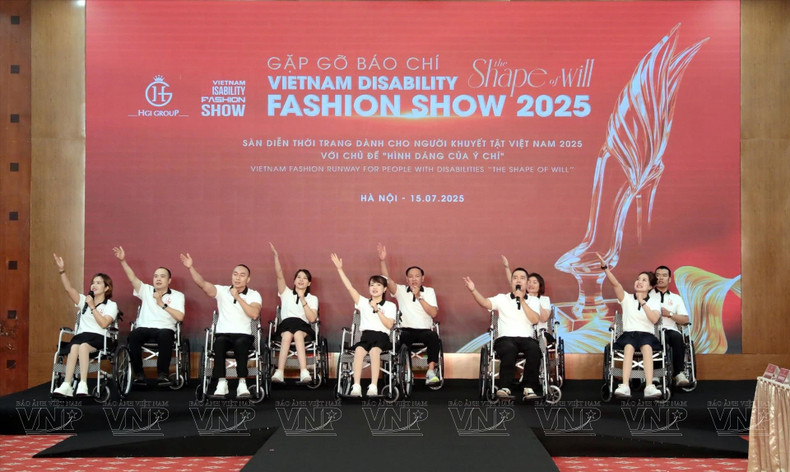
Beyond fashion shows, many people with disabilities are gradually becoming more involved in the fashion supply chain. From design and photography to backstage management, they are trained with skills combined with support tools such as screen-reading software and semi-automatic sewing machines to help reduce the gap towards professional careers.
Designer Pham Tran Thu Hang, founder of the fashion label The Mad Lab, revealed that her latest collection was developed with significant contributions from deaf staff members, who handled important stages from design to finalisation.
According to Thu Hang, hearing-impaired individuals have strengths in observation, colour coordination, and especially patience—crucial factors in creative professions.
Another exemplary model in adaptive fashion is the Vun Art Cooperative (Ha Noi), founded in 2018 by Le Viet Cuong, a person with a mobility disability.
Starting with five members, by 2025, Vun Art regularly employs 30–40 workers in its workshop, producing items such as fabric paintings, handbags, and fashion clothing.
Their products have earned a 4-star OCOP certification and are officially distributed across various commercial channels, receiving high consumer praise.
Le Viet Cuong explains that Vun Art’s training model is gradually structured to suit each individual’s abilities. From sketching and cutting to product finishing, people with disabilities are guided toward independent living and stable income.
Designer Ngo Diem Huong believes that instead of viewing fashion for people with disabilities as charity, it should be recognised as a genuine market segment—with demand, users, labour, and creativity.
Sharing the same view, Pham Van Thanh, Chairman of the Viet Nam Youth Association for People with Disabilities, emphasised that people with disabilities don’t want to be a burden of the society. “We want to live meaningfully, have jobs, livelihoods, and control over our lives,” he stated.
However, undeniable barriers still exist, which can be seen in the lack of structured training programmes, insufficient support for companies producing specialised clothing lines, and persistent social prejudices about people with disabilities in aesthetic fields.
Many major fashion brands remain reluctant to develop this special customer segment. Meanwhile, most people with disabilities still harbour inhibitions, unfamiliar with self-expression due to prior experiences of pitying gazes.
Fashion is not only a symbol honoring the beauty, talent and willpower of people with disabilities but can also provide them with sustainable livelihoods.
Therefore, beyond creating platforms, consistent communication is essential to change societal perspectives. Promoting fashion for people with disabilities professionally and profoundly will require time and interdisciplinary coordination.
In the long-term, integrated solutions include developing flexible vocational training systems tailored to different kinds of disabilities; encouraging businesses to invest in specialised products; building sustainable production and consumption networks; and shifting messaging from assistance to empowerment.
Pham Thanh Huong, Vice Chairwoman of the Ha Noi City Association for People with Disabilities, said that the Association has officially signed a cooperation agreement with the organisers of VDFS Show 2025.
Accordingly, the association will encourage the participation its members with artistic talents, design and performance skills in fashion and artistic activities; provide expert opinions on access and integration processes; and mobilise social resources.
Fashion for and by people with disabilities remains a relatively new concept in Viet Nam, but initial steps such as VDFS 2025, “Hope Fashion”, and Vun Art have shown positive signs.
Fashion is not only a symbol honoring the beauty, talent and willpower of people with disabilities but can also provide them with sustainable livelihoods.
